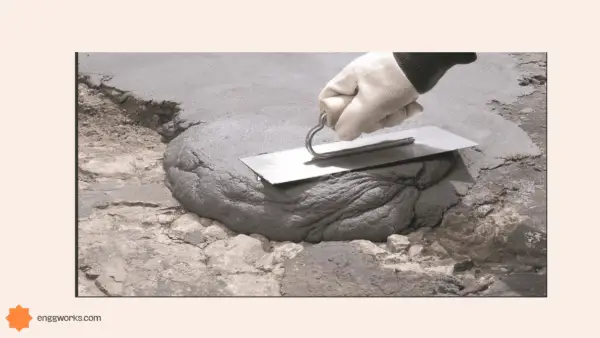Over time, the grout between tiles can become stained, deteriorate, and crack due to settlement or shrinkage, damaging the appearance of the tiled surface and allowing water to seep through.
Re grouting provides a convenient way to repair and refresh this unsightly and potentially hazardous deterioration of the grouted joints.
With a little time and effort, you can use these techniques to make your tiles look like new again without the hassle and expense of re-tiling an entire surface.

what is re grouting?
It refers to the process of replacing old, cracked, or missing grout between tiles with new grout.
Over time, the grout between tiles can become discolored, deteriorate, allow water infiltration, or develop cracks due to settlement or shrinkage.
Re-grouting restores the appearance and function of the grouted joints between tiles. It is an alternative to completely re-tiling a surface.
Re grouting Techniques
There are two main techniques:
- Spread Re grouting: The old grout is left in place and new grout is spread over the old. This is quicker but can lead to poor adhesion and cracking if the old grout is powdery or compromised.
- Rake and Re grout: The old grout is raked out to a depth of at least 3/8″ using a carbide-tipped grout saw or rotary tool. New grout is then pressed into the clean joints and tooled to an even finish. This method provides better results but generates more debris and takes longer.
Re grouting Tools
Key tools needed :
- Grout saw or rotary tool to rake out old grout
- Grout float to force grout into joints
- Grout finishing tool to profile the final grout surface
- Sponges to wipe excess grout off tile faces
- Bucket for mixing grout
- Rubber mallet to tap tile edges to remove debris
Step-by-Step Re grouting Procedure
The basic steps are:
- Prepare the area by masking off adjacent surfaces with painter’s tape.
- Mix the grout with water or latex additive to a firm consistency.
- Rake out the old grout with a grout saw to a 3/8” depth.
- Dampen porous tiles so they don’t absorb moisture from the new grout.
- Force the new grout into the joints with a rubber float.
- Tool the joints with a finishing tool.
- Wipe excess grout off the tiles with a damp sponge in a circular motion. Don’t smear grout onto adjacent areas.
- Allow the grout to partially cure then polish the joints with a soft, dry cloth.
- Remove the painter’s tape before the grout fully cures.

How to Re grout Shower Tiles
Re grouting shower tiles follows the same process but requires a waterproof grout containing polymers or latex. Waterproof grout prevents water intrusion and damage behind shower walls.
Ensure proper slope to the shower pan before re grouting walls.
When re grouting shower floors, use a non-sanded caulk in expansion joints at corners, along the perimeter, and where tile meets other materials.
What’s the Best Grout for Re grouting?
For re grouting, an unsanded polymer-modified grout works best. It resists water, seals joints from stains, and compensates for uneven joints better than sanded grout.
Conclusion
With the right materials and techniques, re grouting can restore the appearance of deteriorating grout joints, prevent leaks, and avoid extensive tile replacement.
Paying attention to joint preparation, moisture control, timing, and workmanship leads to an effective re grouting project.






